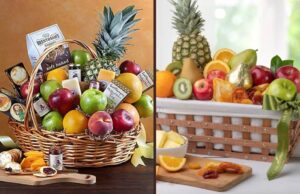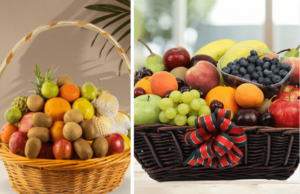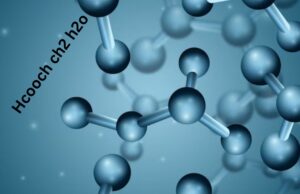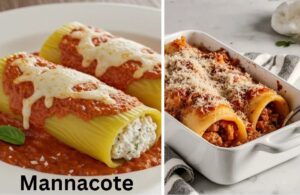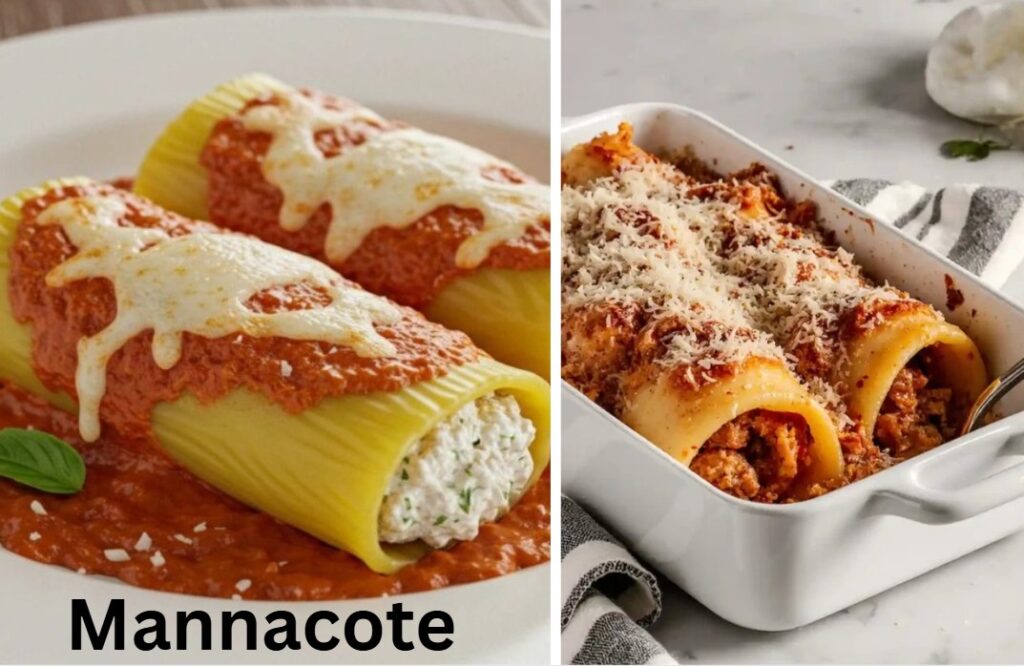
In today’s fast-evolving world of science, technology, and wellness products, new terms and innovations are continually emerging. One such term that has caught the attention of industry experts and consumers alike is mannacote. Though not yet a mainstream household name, mannacote is a term that holds significance in a variety of fields, including agriculture, food preservation, and possibly even medical applications. In this comprehensive article, we will delve deep into what mannacote is, explore the mannacote meaning, its uses, potential benefits, and emerging relevance across different sectors. Whether you’re a researcher, a curious reader, or an industry professional, understanding mannacote could help you stay ahead in your field.
What Is Mannacote?
To understand what is mannacote, we must first recognize that it is not a term with a universally agreed-upon definition—at least, not yet. The word mannacote appears to be a specialized or proprietary name, potentially associated with coatings, preservation techniques, or industrial formulations. The root of the term suggests a relationship with “manna” and “coat,” possibly referring to a protective layer or coating derived from a plant-based or organic compound, perhaps inspired by the biblical manna known for sustenance and longevity.
In industrial contexts, mannacote may refer to a protective or functional coating used in food, pharmaceuticals, or agricultural products. The purpose of such coatings often includes enhancing shelf-life, preventing contamination, reducing spoilage, or improving delivery mechanisms for active ingredients. Based on available interpretations, mannacote could also be a product brand name or trademark related to a specific application in these sectors.
Mannacote Meaning: Decoding the Term
The mannacote meaning can be broken down into its likely components. “Manna” typically signifies sustenance, life-giving properties, or something that provides nourishment. It has historical and mythological connotations, most famously appearing in religious texts as a miraculous food substance. “Cote,” derived from “coat,” generally means to cover or encase something.
Putting these parts together, mannacote likely implies a protective, nourishing coating, possibly biodegradable or edible, that is applied to materials such as food products, seeds, or medicinal capsules. It may serve to preserve, protect, or enhance the effectiveness of the coated substance.
In the field of food science, this could refer to an edible coating used to prolong the freshness of fruits and vegetables. In pharmaceuticals. Mannacote might refer to a delivery mechanism for drugs, designed to release medicine at a controlled rate.
Applications of Mannacote Across Industries
While definitive public documentation of mannacote may be limited, the concept aligns with broader technological trends in multiple industries. Let’s examine the potential uses of mannacote in detail.
1. Agriculture and Seed Coating
In modern agriculture, seed coatings are widely used to improve crop performance. A mannacote-style coating could be an innovative solution that delivers fertilizers, pesticides, or beneficial microbes directly to the seed. Such a coating can improve the seed’s resistance to pests, ensure better soil contact, and enhance water retention. In this case, the mannacote would act as a protective and nutritive layer that supports early seedling growth.
Additionally, mannacote could be formulated to be biodegradable, aligning with sustainable agriculture practices. Given the global push for eco-friendly farming methods, the use of such coatings can minimize the environmental impact of traditional chemical treatments.
2. Food Preservation and Edible Coatings
Food waste is a significant global issue, and one effective way to combat this is through the use of edible coatings that preserve freshness. If mannacote is indeed an edible formulation, it could be applied to fruits, vegetables, or even bakery products to extend shelf life without altering taste or texture.
Such coatings often include natural polysaccharides, lipids, or proteins that form a thin layer around the food, reducing exposure to oxygen and microorganisms. If mannacote contains natural ingredients, it would appeal to health-conscious consumers and meet regulatory standards for food safety.
3. Pharmaceutical and Nutraceutical Delivery Systems
In pharmaceuticals, coatings play a critical role in drug delivery. Enteric coatings, for example, ensure that medications bypass the stomach and dissolve only in the intestine, where they are more effective or less likely to cause side effects. A mannacote could represent a novel drug delivery coating that protects active ingredients from degradation and controls release timing.
In the rapidly growing field of nutraceuticals—dietary supplements that provide health benefits beyond basic nutrition—a mannacote might be used to improve bioavailability or mask unpleasant tastes. Such innovation could be a game-changer for capsules, tablets, and even gummy supplements.
4. Cosmetic and Personal Care Products
Though not yet documented specifically in cosmetics, the concept of mannacote may extend to personal care products where protective and nourishing coatings are also valuable. For example, in skincare, thin barrier films that lock in moisture and deliver active compounds are in high demand. A mannacote-inspired formulation might offer a natural, breathable coating that improves skin hydration and protection from environmental pollutants.
Potential Benefits of Mannacote
The potential of mannacote, though still under discovery, is promising. Based on our breakdown of what is mannacote and its inferred applications, the benefits could span across health, environmental sustainability, and product efficiency.
- Extended Shelf Life: Whether used in food or pharmaceuticals, mannacote could significantly enhance the longevity of perishable products.
- Targeted Delivery: In medicine and agriculture, mannacote may allow for controlled, location-specific delivery of active compounds.
- Environmental Sustainability: If mannacotes is made from biodegradable or natural materials, it aligns with the global movement towards eco-conscious production.
- Cost Efficiency: By reducing spoilage and waste, mannacotes could help companies save on logistics and production costs.
- Consumer Appeal: Natural and functional coatings are increasingly popular among health-conscious consumers who demand transparency and performance.
Challenges and Considerations
While the benefits are substantial, there are challenges that need to be considered for mannacote to achieve widespread adoption.
- Regulatory Approval: Especially in food and pharmaceutical applications, coatings like mannacotes must pass stringent safety regulations set by authorities such as the FDA or EFSA.
- Scalability: Creating a mannacote formulation that can be produced at scale while maintaining efficacy and cost-efficiency requires significant R&D.
- Market Awareness: As of now, the general public is not widely familiar with the term. Building awareness and trust would be essential for successful product adoption.
- Compatibility: Mannacote must be compatible with various substances, whether organic or synthetic, without causing adverse reactions or compromising product quality.
The Future of Mannacote’s
With growing concerns about sustainability, food security, and health optimization, technologies like mannacotes are well-positioned to play a major role in future solutions. Companies and research institutions focusing on biodegradable coatings, edible films, and advanced delivery systems are likely to explore mannacotes or similar technologies further.
We may also see the term evolve into a trademarked brand representing a family of products. Much like how names like Teflon or Gore-Tex have become synonymous with specific functional capabilities.
Collaboration across sectors—agriculture, food science, pharmaceuticals, and biotechnology—will be crucial for developing mannacote into a mainstream solution. Investment in research, public-private partnerships, and regulatory pathways will all influence the trajectory of this promising innovation.
Conclusion
In summary, mannacote is an emerging concept or product that suggests a protective. Nourishing coating applicable across a wide range of industries. By understanding the mannacote meaning and exploring what is mannacotes in different contexts. We uncover its vast potential in areas such as agriculture, food preservation, pharmaceuticals, and possibly even cosmetics.
Though still in its early stages of recognition, the implications of mannacotes technology are significant. With the right development and awareness, it could become a transformative tool for sustainability, health, and product innovation.
As scientific understanding and commercial applications evolve. Mannacotes is a term worth watching—representing both the future of functional coatings and the intersection of innovation and necessity in a rapidly changing world.

